
Chieu Nghi Tomb is the resting place of Mrs. Tran Thi Xa (1716-1750), wife of King Vo Nguyen Phuc Khoat (1714-1765), the 8th of the 9 lords of the Nguyen Dynasty in Dang Trong during the feudal period of Vietnam.
This ancient tomb is currently located in a large plot of land on Thanh Hai Street, Thuy Xuan Ward, Hue City, Thua Thien Hue Province.

Mausoleum of Chieu Nghi consists of two surrounding walls, built of bricks and has an arched entrance to the tomb.
The outer wall is 39m long, 35m wide, and 1.8m high; the inner wall is 16m long, 9.8m wide, and 1.7m high.

Located in the middle of the mausoleum is the two-story, rectangular tomb of Mrs. Tran Thi Xa, in front of which is an altar for worship.

Behind the tomb is a screen but it has been damaged and degraded over time, the outer decoration has peeled off, leaving only rows of bricks stacked on top of each other.
According to researchers, Chieu Nghi Tomb is the only tomb of the Nguyen Lords in Hue that still retains its original architecture after the historical events of the late 18th century. This is also the basis for King Gia Long to restore the tombs of the lords after completing his reign.

Another highlight at Chieu Nghi mausoleum is the stone stele, over 3m high and 1.4m wide, engraved with 883 Chinese characters, decorated with moon faces, dragons, clouds, and flowers, placed on a stone base in front of the mausoleum entrance.
According to researcher Le Nguyen Luu, the content of the stele summarizes the life and qualities of Mrs. Tran Thi Xa, wife of Lord Nguyen Phuc Khoat.
After nearly 300 years, the stele remains intact, the writing and decorative patterns are still very sharp.

The mausoleum wall alone has many damaged spots, ready to collapse.
Many opinions say that Chieu Nghi tomb needs to be recognized as a relic, thereby receiving attention for management and preservation as a rare architectural "specimen" of the Nguyen Lords' time to serve research and conservation work.

It is known that recently, people living near Chieu Nghi's tomb have been given the opportunity to garden and grow vegetables, both to prevent weed invasion and to prevent social evils from appearing in this ancient tomb.
Occasionally, local people and monks and nuns practicing at pagodas, hermitages, and nunneries near the mausoleum organize cleaning activities along the road and in front of the tombstone, helping to keep the landscape and environment clean and beautiful.

Location of Chieu Nghi tomb on the map (Photo: Google maps).
According to information on the stele, Lady Chieu Nghi's real name was Tran Thi Xa, from Trung Quan village, Khang Loc district, which was changed to Quang Ninh district, Quang Binh province during the Minh Mang period.
She was born in the year of Binh Than (1716), the daughter of Mr. Nang Tai, a mandarin. At the age of 20, she entered the palace. Later, thanks to her talent and beauty, she was favored by Lord Nguyen Phuc Khoat. She gave birth to 4 sons and 2 maids for the lord.
On July 22, Canh Ngo year, Canh Hung year 11 (1750), Lady Chieu Nghi fell seriously ill, could not be cured and passed away at the age of 35. The Lord was very sorry, and granted the title of Lady Chieu Nghi, Thuy Tu Man.
In November of the year Canh Hung Tan Mui (December 1751), Lady Chieu Nghi was buried on a hill in Duong Xuan village (now Thuy Xuan ward, Hue city, Thua Thien Hue province). Lord Nguyen Phuc Khoat also erected a large stele in front of the mausoleum, recording her merits and condolences.
Dantri.com.vn
Source: https://dantri.com.vn/xa-hoi/lang-mo-co-duy-nhat-thoi-cac-chua-nguyen-con-giu-duoc-kien-truc-ban-dau-20240826113459642.htm


![[Photo] Solemn opening of the 12th Military Party Congress for the 2025-2030 term](https://vphoto.vietnam.vn/thumb/1200x675/vietnam/resource/IMAGE/2025/9/30/2cd383b3130d41a1a4b5ace0d5eb989d)

![[Photo] The 1st Congress of Phu Tho Provincial Party Committee, term 2025-2030](https://vphoto.vietnam.vn/thumb/1200x675/vietnam/resource/IMAGE/2025/9/30/1507da06216649bba8a1ce6251816820)
![[Photo] General Secretary To Lam, Secretary of the Central Military Commission attends the 12th Party Congress of the Army](https://vphoto.vietnam.vn/thumb/1200x675/vietnam/resource/IMAGE/2025/9/30/9b63aaa37ddb472ead84e3870a8ae825)
![[Photo] President Luong Cuong receives President of the Cuban National Assembly Esteban Lazo Hernandez](https://vphoto.vietnam.vn/thumb/1200x675/vietnam/resource/IMAGE/2025/9/30/4d38932911c24f6ea1936252bd5427fa)
![[Photo] Panorama of the cable-stayed bridge, the final bottleneck of the Ben Luc-Long Thanh expressway](https://vphoto.vietnam.vn/thumb/1200x675/vietnam/resource/IMAGE/2025/9/30/391fdf21025541d6b2f092e49a17243f)








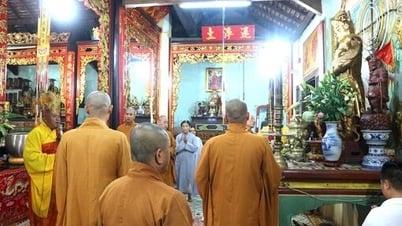

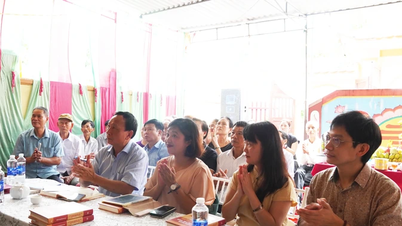

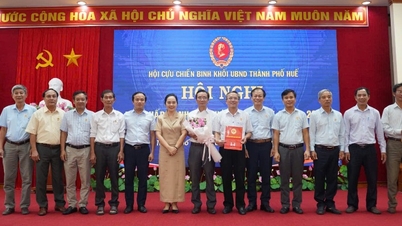

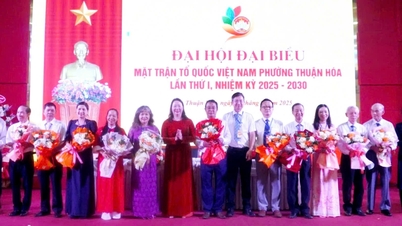
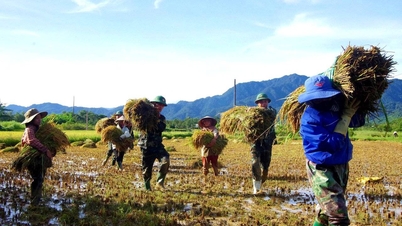

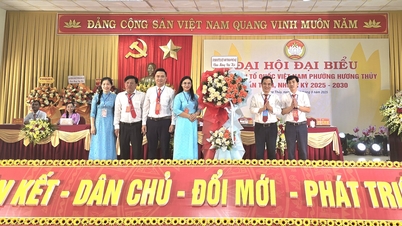





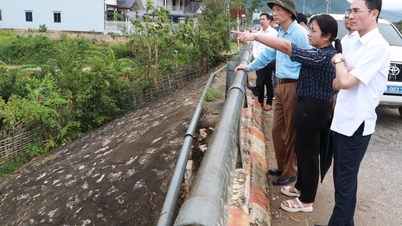


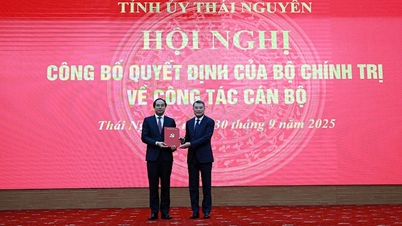














































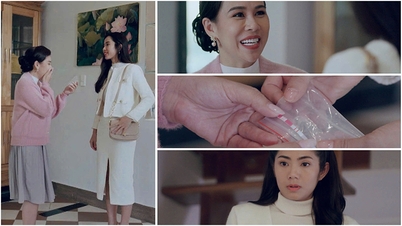



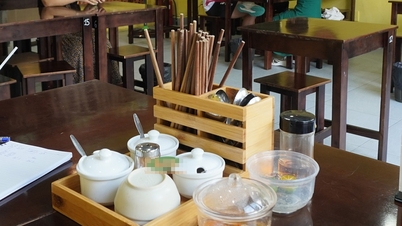


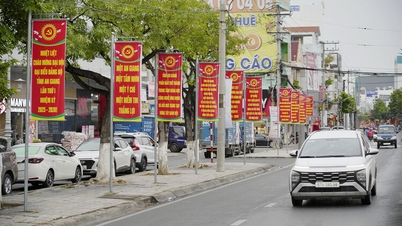











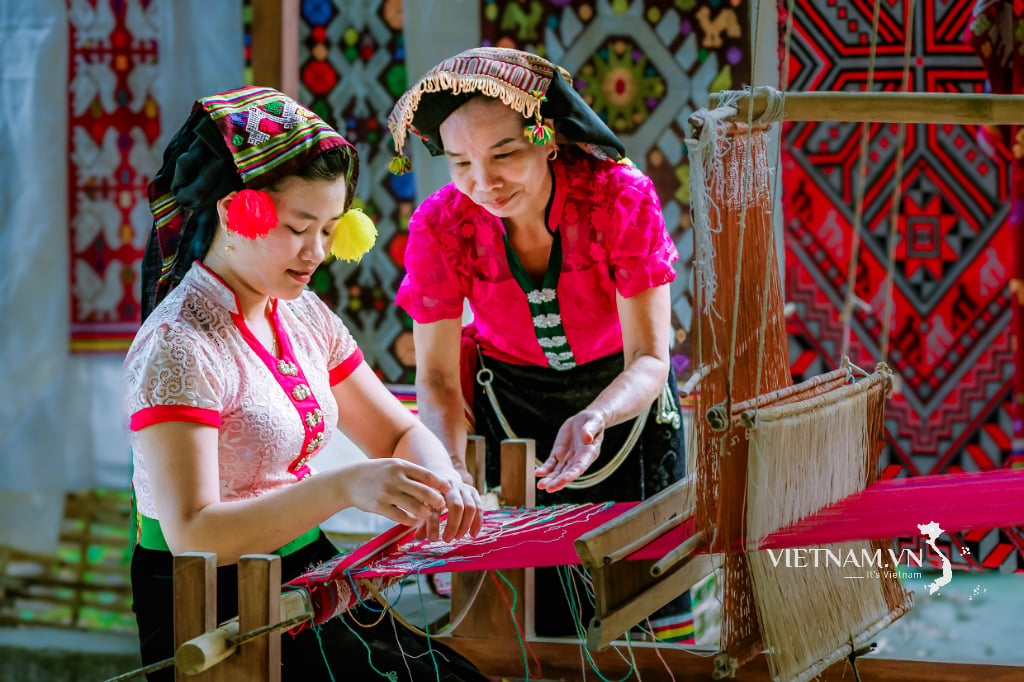
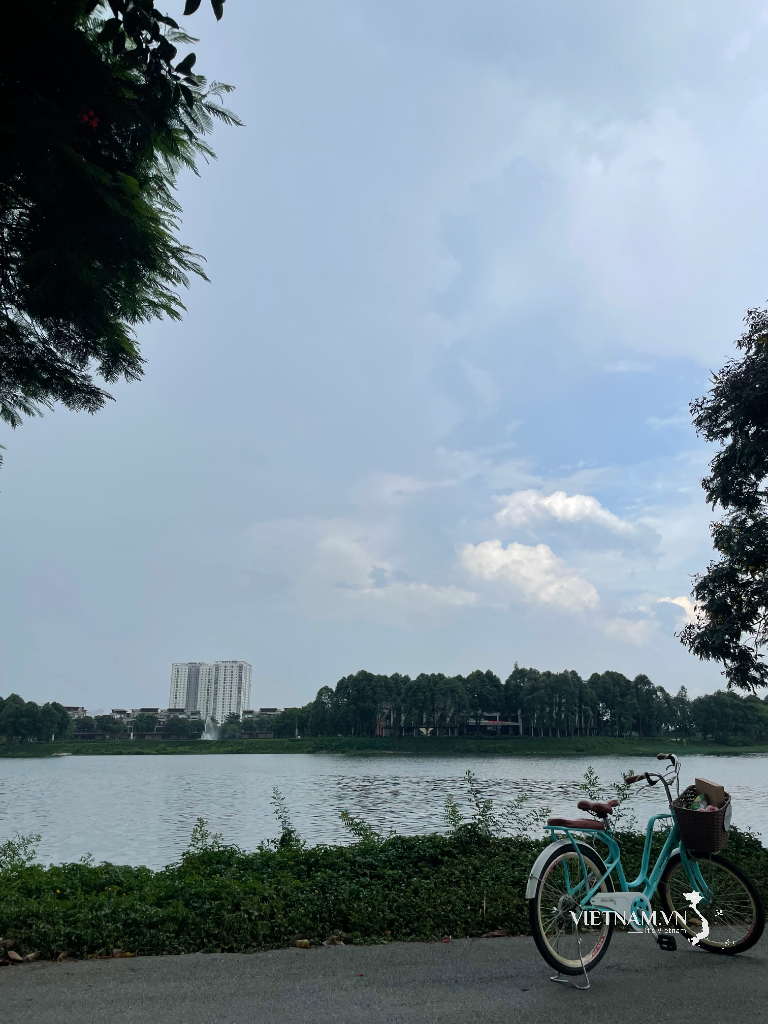
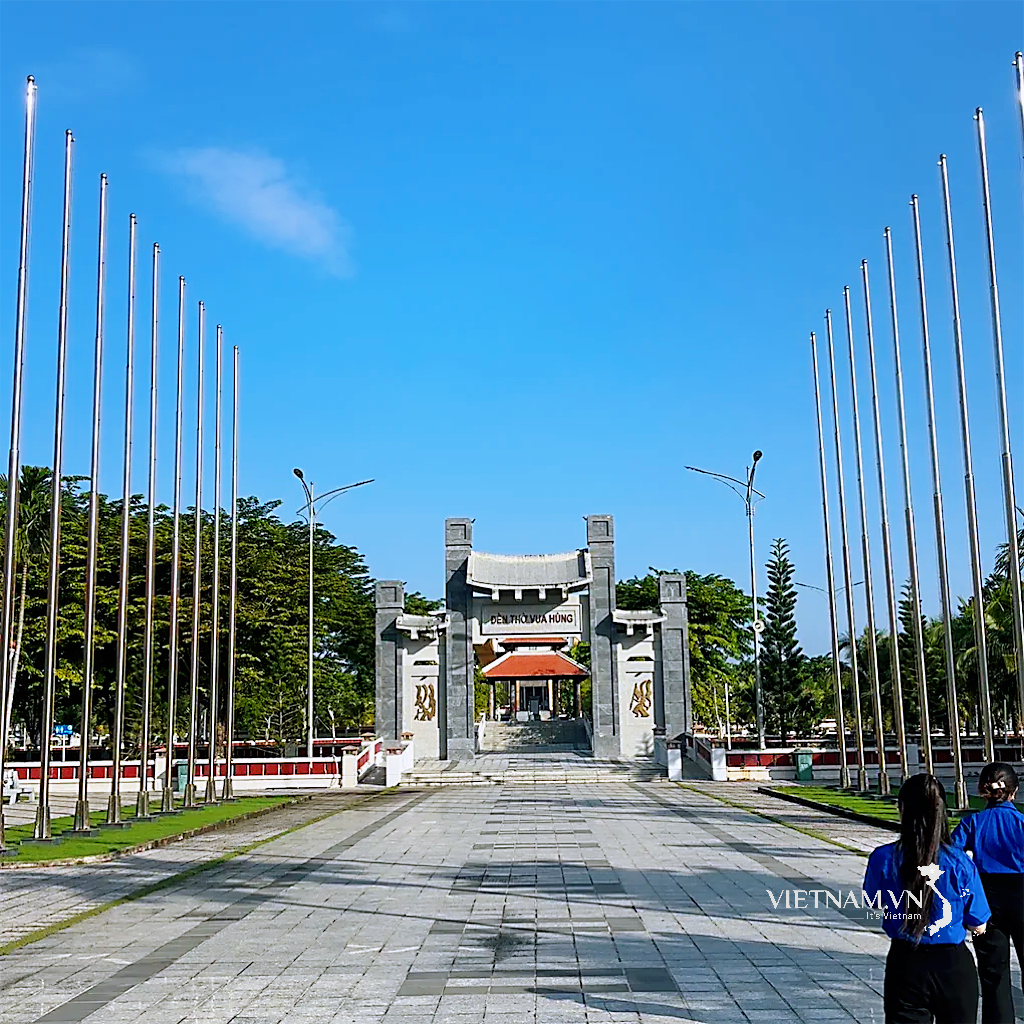
Comment (0)